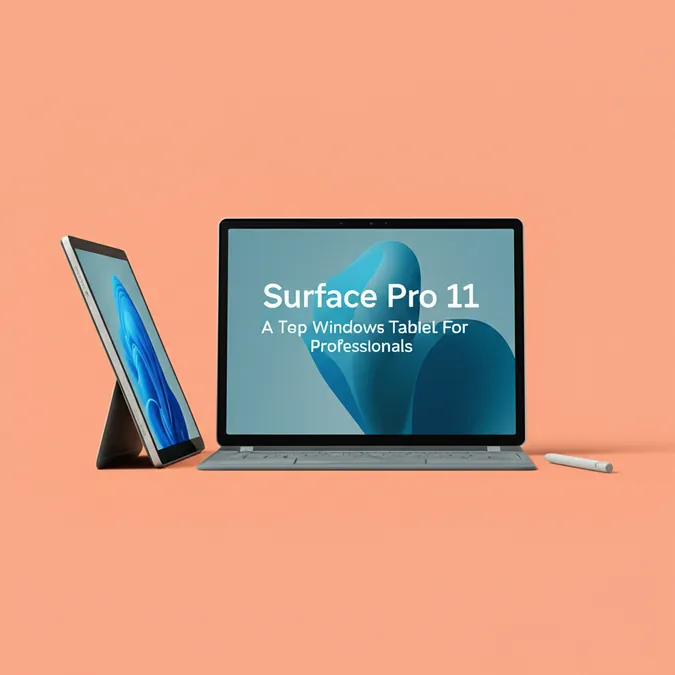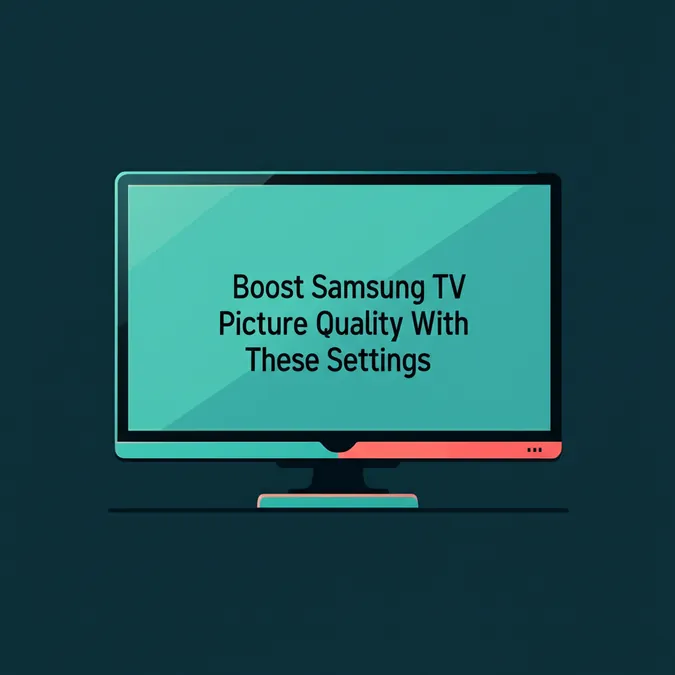iOS 26 Animated Music Covers Now Open To All Apps
Apple's decision to open up its iOS ecosystem with the introduction of animated full-screen music covers on iPhones marks a transformative shift in how users experience music. Previously exclusive to Apple Music, this feature is now available to third-party apps like Spotify, Deezer, and YouTube Music. This move not only enhances the aesthetic appeal of the iPhone’s lock screen but also raises intriguing questions about Apple’s strategic direction. By allowing developers access to the MPMediaItemAnimatedArtwork interface, Apple is beginning to blur the lines between its proprietary services and those of its competitors, potentially reshaping the digital landscape.
Your iPhone Lock Screen Is About to Get a Musical Makeover
The upcoming iOS 26 update introduces one of the most significant aesthetic overhauls in iPhone history. Among its many features, Apple has enriched the lock screen with full-screen animated illustrations that play when users listen to music. Initially presented at the WWDC 2025 as an exclusive feature for Apple Music, this capability is now extended to third-party platforms via the MPMediaItemAnimatedArtwork interface. This means that developers from Spotify, Deezer, YouTube Music, and others can now integrate this feature into their apps. For context on other significant moves in the tech world, one might consider recent reports on interactions between major tech figures and companies.
With this update, when a song is played, the lock screen will no longer display a static album cover. Instead, it will showcase a short animated video that covers the entire screen. Playback controls will be elegantly displayed on a translucent Liquid Glass surface, a hallmark of Apple’s new design. Moreover, this innovation is not limited to music platforms. Apple has announced that its API can also be utilized by audiobook and podcast services, allowing platforms like Audible to enhance user experience with context-specific animated illustrations.
Apple's Walled Garden: Are the Gates Opening?
For over 15 years, Apple’s critics have often targeted the company for its perceived closed ecosystem. Unlike PCs or Android smartphones, iPhone users have limited customization options, with Apple’s ecosystem functioning in a self-contained manner. This philosophy has its advantages and is deeply ingrained in Apple’s DNA. Therefore, it seems quite surprising to see Apple opening up in this manner, especially with such a significant feature.
Typically, software innovations linked to a specific Apple service are designed to boost adoption rates for that service. Apple has historically had a contentious relationship with its music streaming competitors, particularly the industry leader Spotify. Spotify has frequently criticized Apple over disputes related to App Store commissions, even refusing to adopt several Apple innovations such as AirPlay 2. This strategic opening contrasts with other areas where Apple charts its own course, such as ongoing speculation about future iPhone hardware changes like charging technology. At this point, no major third-party player, including Spotify, Deezer, Tidal, or YouTube Music, has officially announced its intention to incorporate this new feature. However, the upcoming public beta of iOS 26, scheduled for release in July, may accelerate announcements and clarify the intentions of these platforms.
iOS 26 Availability and What It Means for Developers
Currently, iOS 26 is available only in beta form for developers enrolled in Apple’s program. The public beta will be released soon, allowing everyday users to preview these visual and functional innovations. However, be warned: beta versions often come with battery issues and numerous bugs. The official launch, set for fall 2025 for all iPhones starting from the iPhone 11, will likely coincide with the release of the iPhone 17 lineup.
With increased customization options, mounting pressure from Europe, and Apple’s apparent openness, the critique of Apple’s ecosystem as a “golden cage” seems increasingly outdated. The adoption of these innovations hinges significantly on developers’ willingness to implement the new API provided by Apple. Technically, integrating this feature requires two essential elements: a short video illustrating the music being played and a static image serving as a preview while the clip loads. Most streaming platforms already have these assets for numerous artists, so the main challenge is the developers’ willingness to adopt it. Developer relations and community interactions are always a focal point, as illustrated by various stories from the tech world involving Apple and individual developers.
The Future of Music on iOS: Apple and Competitors
The introduction of animated lock screen music covers is more than just a cosmetic update; it represents a strategic pivot for Apple. By opening this feature to third-party apps, Apple is not only enhancing the user experience but also signaling a potential shift in its traditionally closed ecosystem approach. This move could foster a more collaborative relationship between Apple and its competitors, potentially leading to further innovations in the tech industry.
As iOS 26 rolls out, it will be interesting to see how many third-party developers embrace this new feature. Will Spotify and others seize this opportunity to enhance their offerings on iPhones, or will they continue to resist Apple’s overtures? Only time will tell. How will this increased openness impact Apple’s competitive edge in the rapidly evolving digital landscape?


